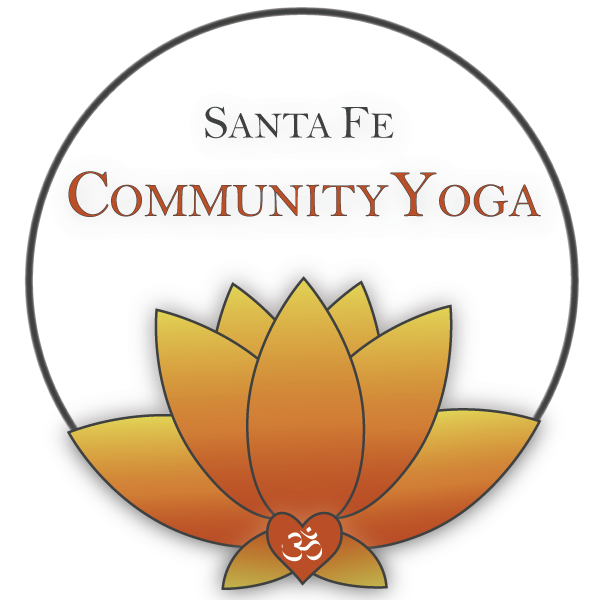Blog post by Viktoria Shushan
This year we are following a journey of the flower of life creation. Flower of life is a sacred geometry pattern which consists of overlapping circles. One of many meanings of this pattern is that it visually represents the interconnectedness of all things in the universe. It suggests that, although we might feel separate, we are part of a greater network and we are always connected to each other. There is one life force (or Prana) that runs through everything and that's what binds us together.
In January we are starting with a Drishti (or dristi) point inside the first circle. Drishti is a focal point for concentration used in meditation or yoga asana. When we practice drishti we work on strengthening the power of intention. According to 8 limbs of yoga (described in Yoga Sutras), two of its limbs (Fifth Pratyahara & Sixth Daharana) use drishti as a tool for withdrawal of senses and building concentration. One of the most commonly used drishti points is the third eye.
Practice Third Eye drishti in meditation. Sit comfortably (use a cushion or a chair if needed) and for a few moments scan your body and let it relax until you feel at ease in your shape. Then bring your awareness to your breath, noticing the quality and the rhythm without trying to control it.
After a few minutes, shift your awareness into your third eye region. Let your mind settle into that zone. Start to let go of thoughts and yet be aware if your mind is drifting back to thinking. Try to maintain that connection with the third eye region for a few minutes and let yourself be open to any new experiences. To come out bring your awareness to breathing and slowly open your eyes.
Benefits:
- Stimulation of optic and olfactory nerves
- Awakening of the autonomic and central nervous systems
- Soothing of cranial nerves & building concentration
Cautions & counter indications:
- Avoid this meditation if you suffer from vertigo, are experiencing a migraine, or have had eye surgery
- Try not to force your gaze upwards, instead let it be a gentle movement up without straining your eye muscles
- Only do 2-3 minutes if you are a beginner and avoid prolonged periods of hold (no more than 10 minutes, depending on individual)
- If you feel discomfort, dizziness or nausea, come out of this meditation


